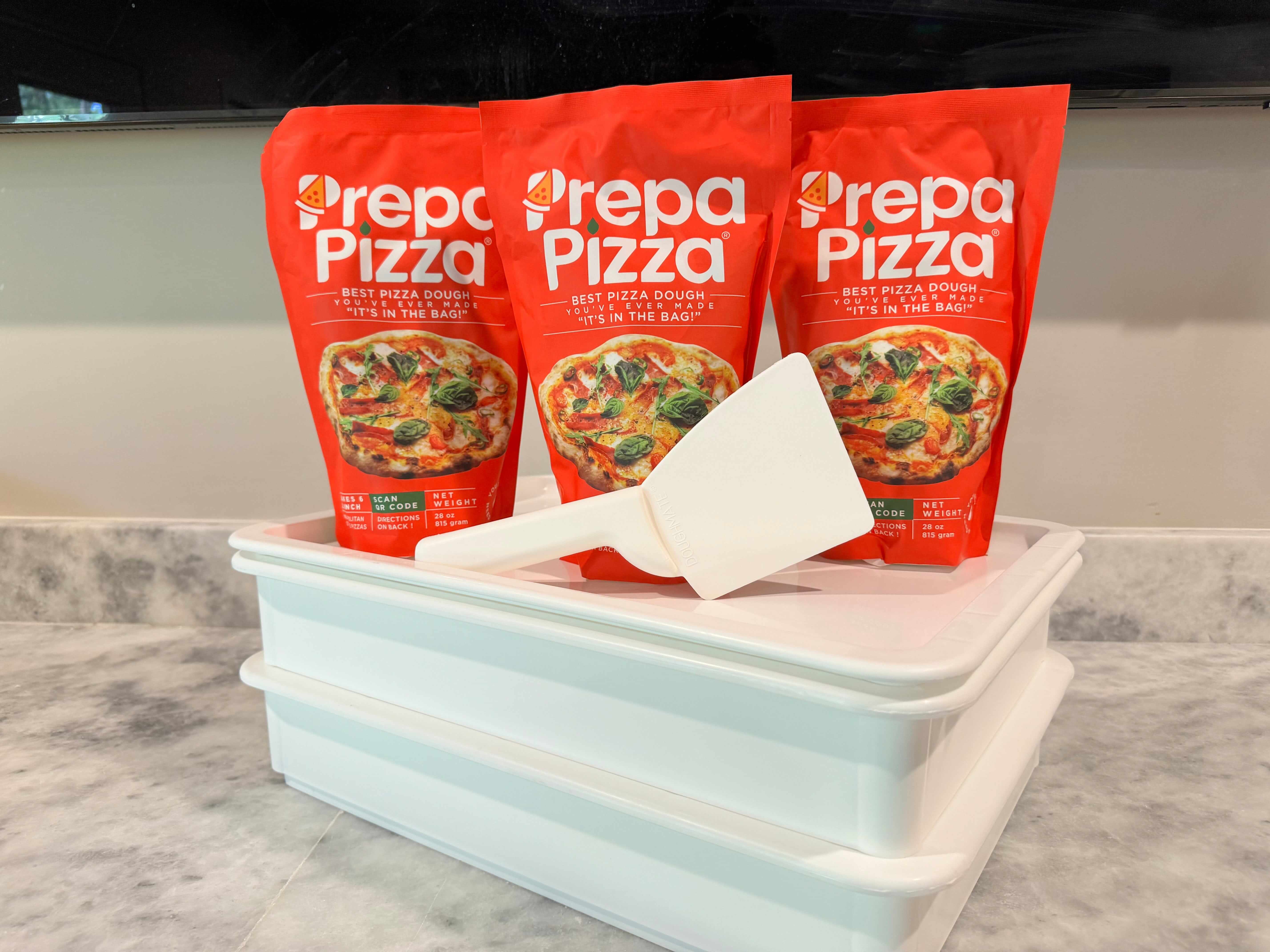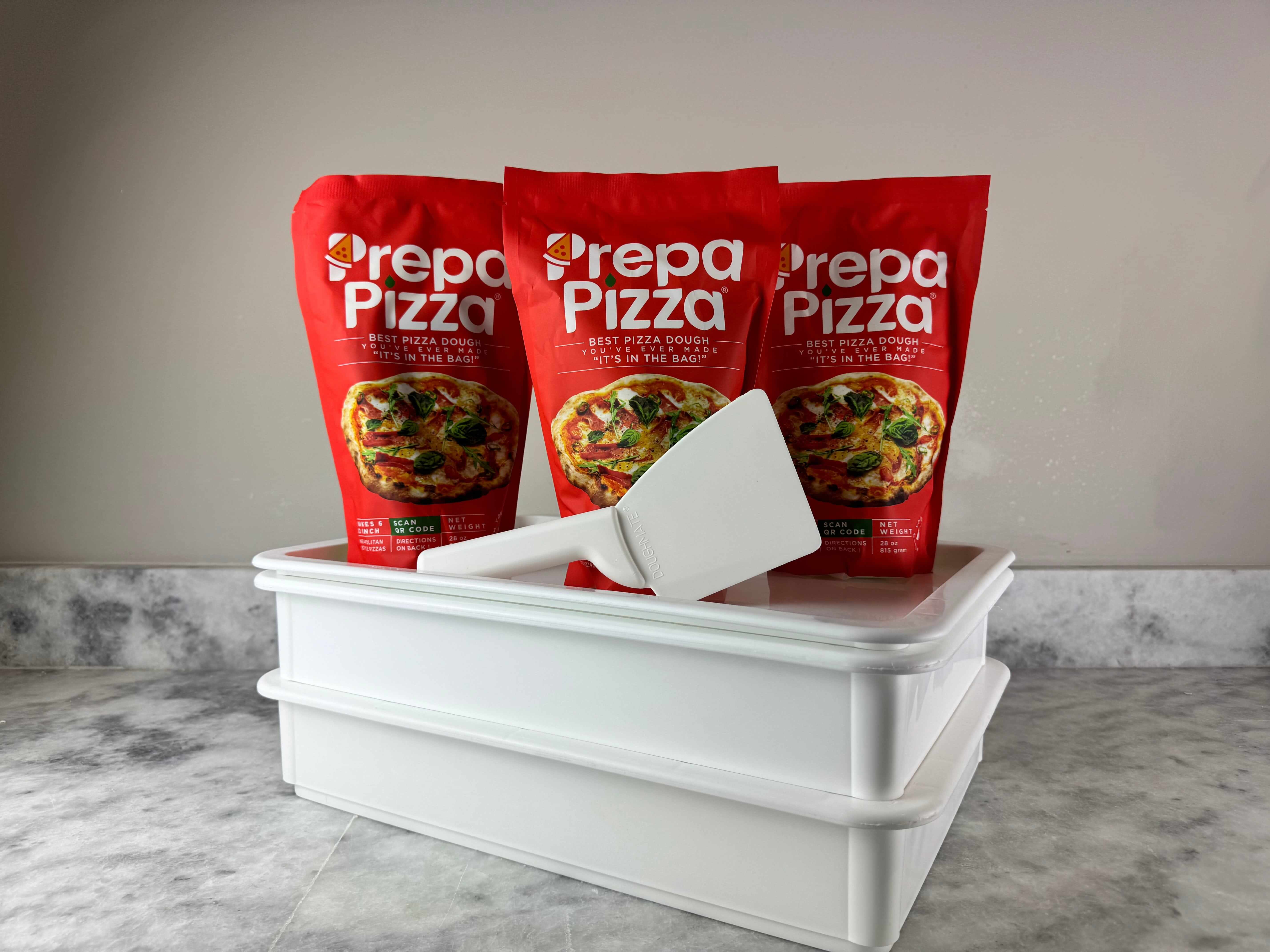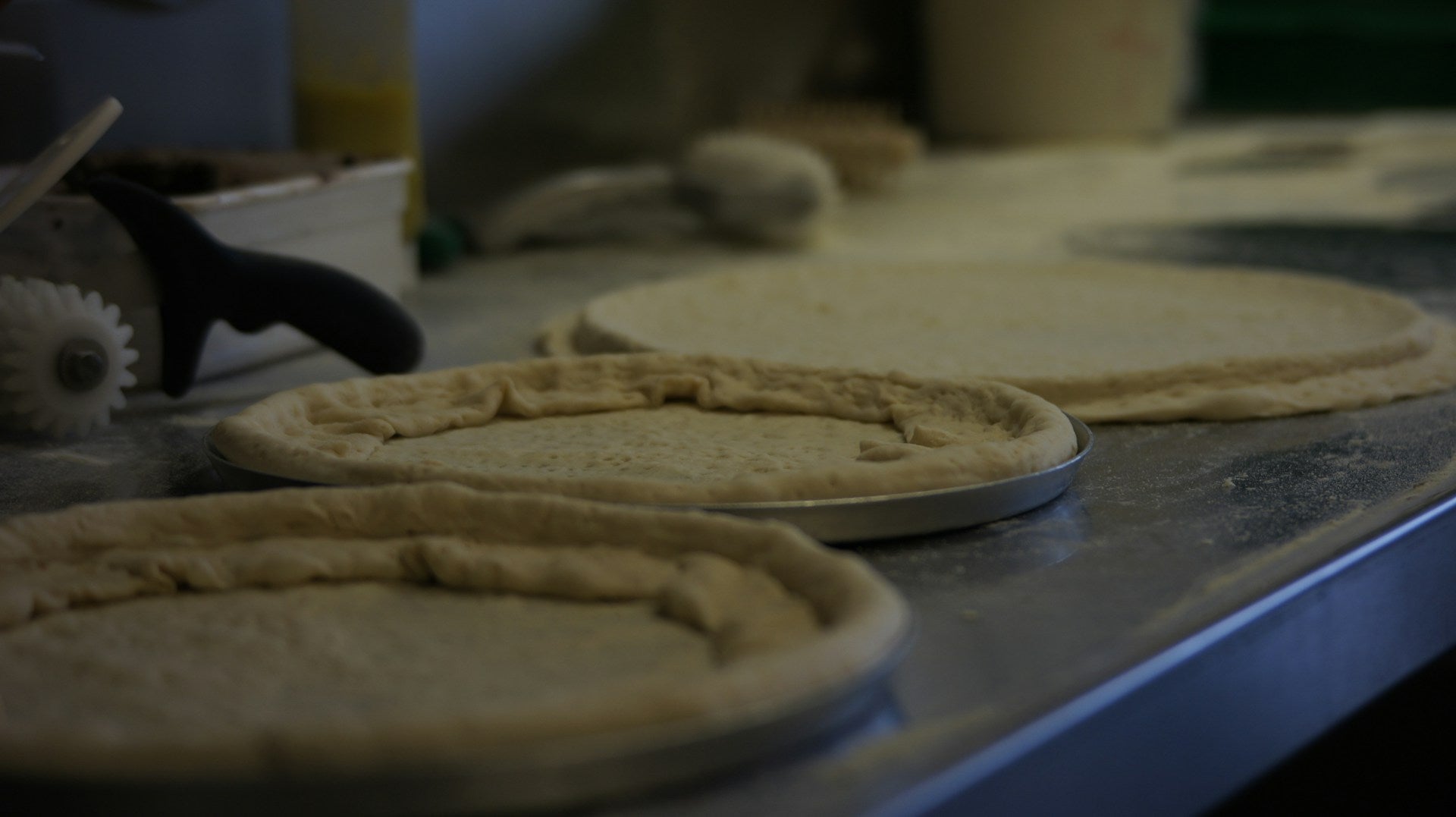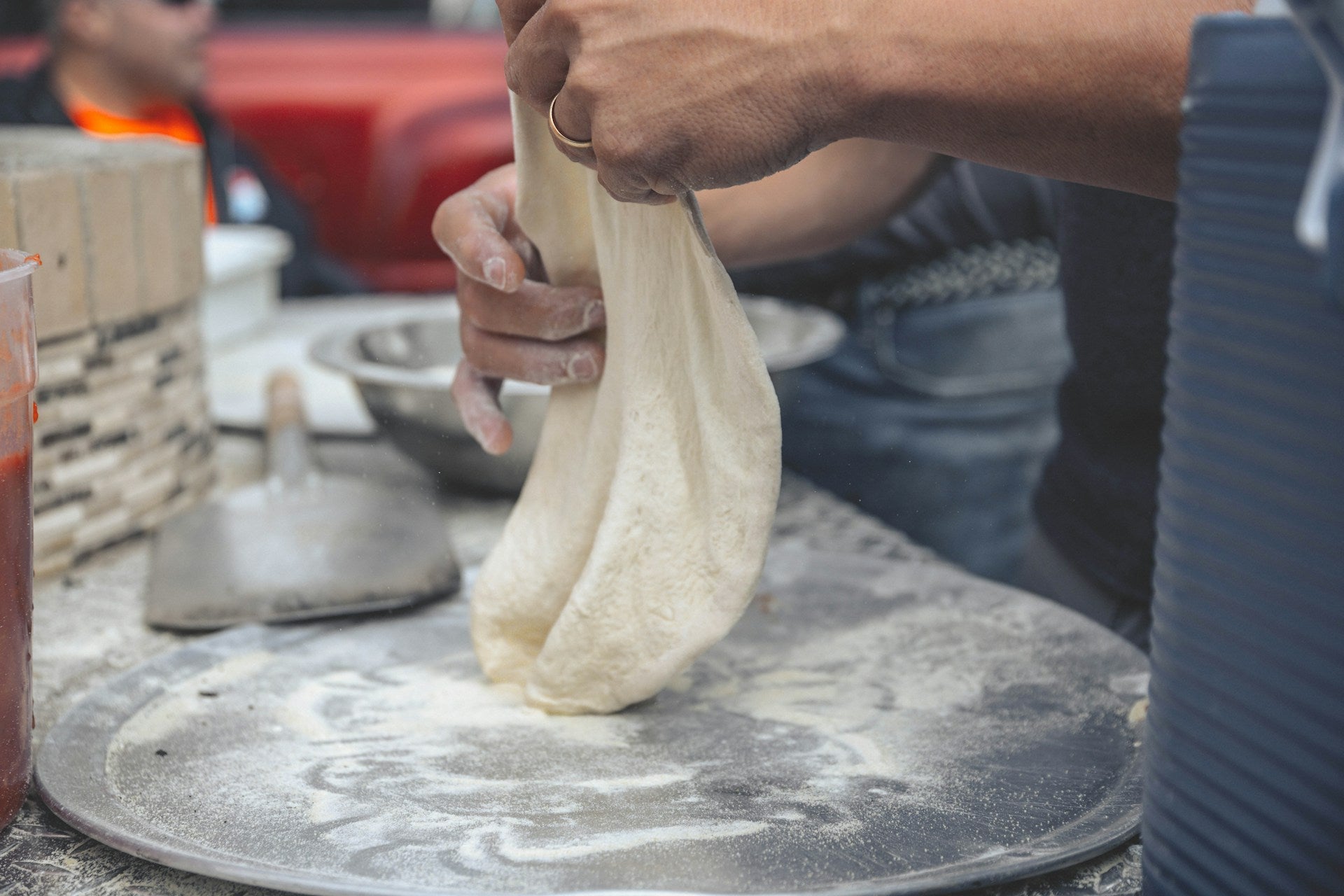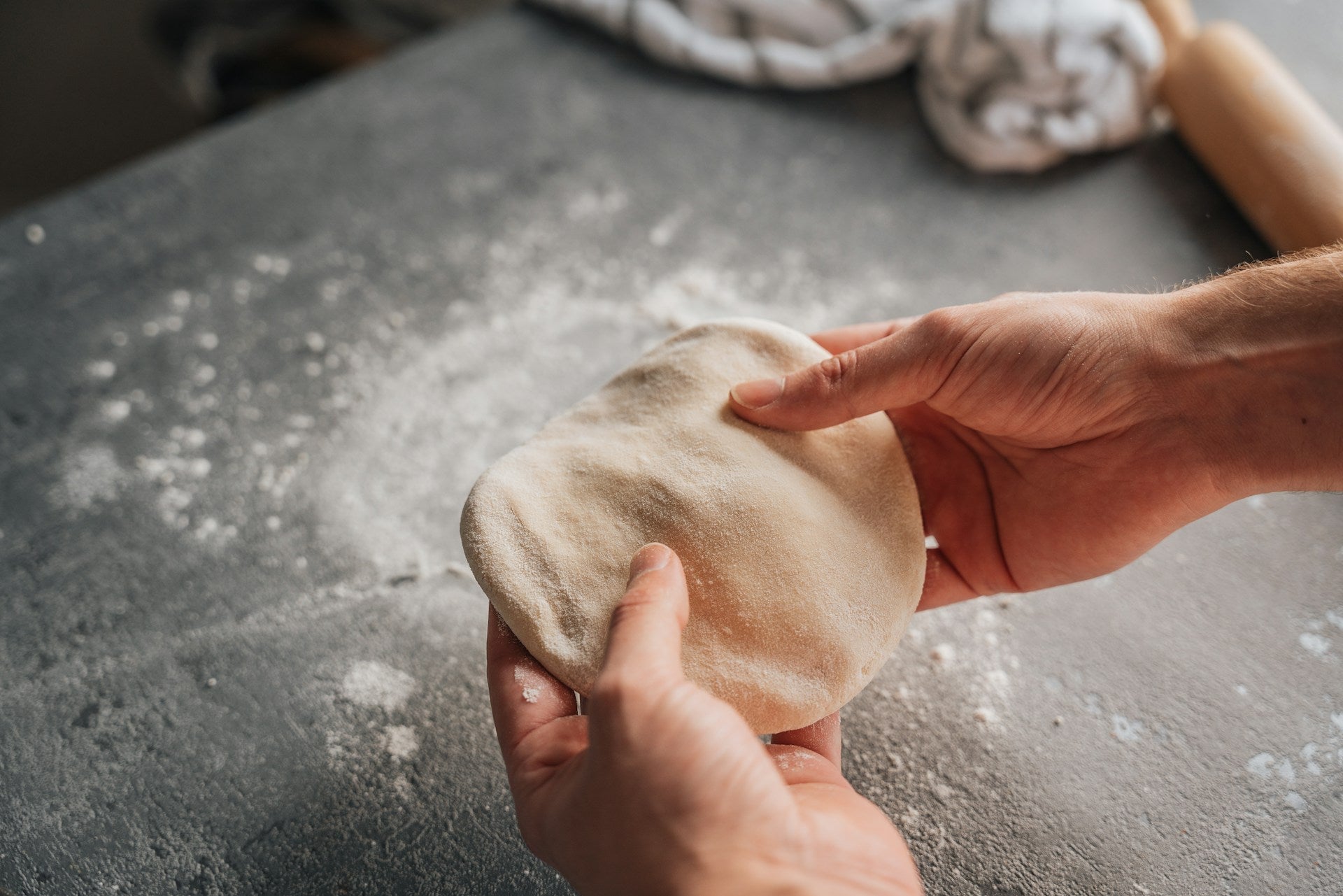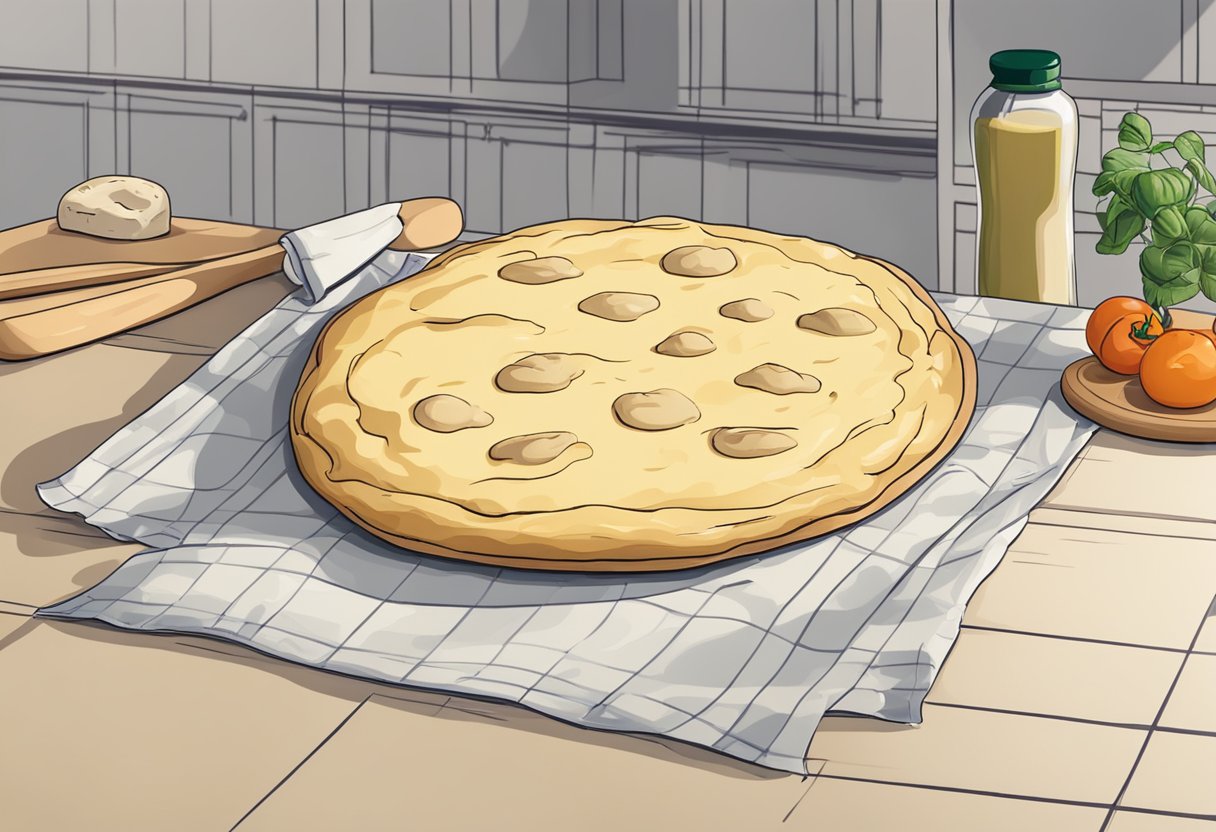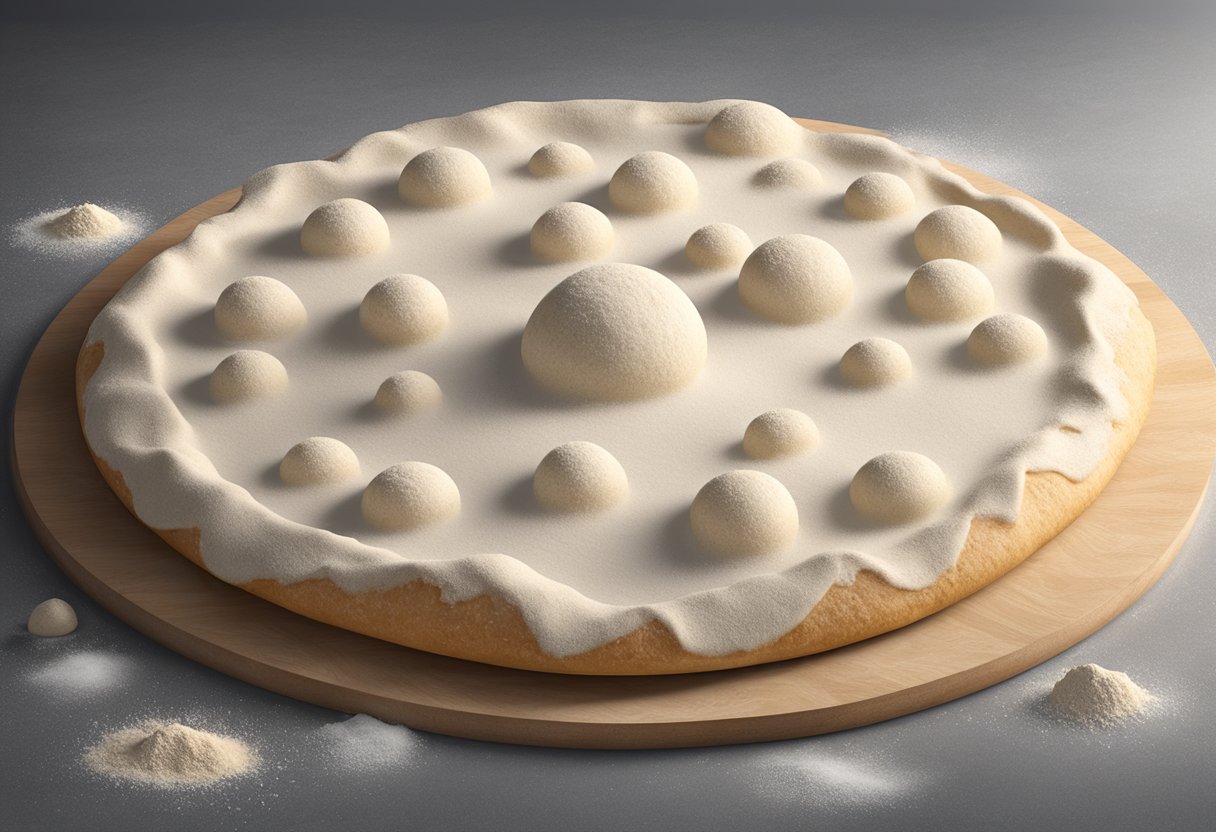
How to Unfreeze Pizza Dough: A Simple Guide to Reviving Your Dough
Unfreezing pizza dough is a crucial step to creating delicious homemade pizza. To properly unfreeze pizza dough, move it from the freezer to the refrigerator for an overnight thawing process. This allows the dough to gradually warm up and rise, preserving its texture and flavor.
As you prepare to make your pizza, understanding the best methods for thawing ensures you get a perfect crust every time. Using quality ingredients is essential, and with Prepa Pizza dough, you're already on the right track. You can achieve restaurant-quality results in your own kitchen with minimal effort.
When you're ready to cook, let your dough sit at room temperature for about 30 minutes after removing it from the fridge. This final step helps the dough become more pliable, making it easier to stretch and shape into your favorite pizza. Enjoy the process, and savor the delicious results.
Understanding Frozen Pizza Dough
Freezing pizza dough is a practical solution for meal prep, allowing you to enjoy homemade pizza at your convenience. Understanding how to properly freeze and store your dough is essential for achieving the best results when it's time to use it.
Why Freeze Pizza Dough
Freezing pizza dough allows you to extend its shelf life while retaining freshness. When you freeze dough, it halts fermentation, preserving its flavor and texture. This process is particularly useful if you prepare larger batches with Prepa Pizza’s premium quality dough. You can store it for up to three months without significant quality loss. This means you can always have pizza dough on hand for spontaneous pizza nights.
Typical Storage Methods
When storing pizza dough in the freezer, proper packaging is crucial to prevent freezer burn. Start by dividing your dough into manageable portions. Wrap each piece tightly in plastic wrap to minimize air exposure. Next, place the wrapped portions in a ziplock bag, removing as much air as possible before sealing. Labeling the bags with the date can help you keep track of freshness. For best results, store the dough in the coldest section of your freezer.
Common Freezing Mistakes
Avoiding common mistakes can make a significant difference in the quality of your frozen pizza dough. One frequent error is failing to wrap the dough adequately, leading to freezer burn, which can ruin the texture and taste. Another mistake is not allowing enough time for the dough to thaw; a slow thaw in the refrigerator is best. Rushing the process can lead to uneven texture or insufficient rise once baked. With proper techniques, you ensure that your Prepa Pizza dough remains as delicious as intended.
Best Methods to Unfreeze Pizza Dough
When you need to use frozen pizza dough, several effective methods can help you unfreeze it without compromising quality. Here are the top techniques to ensure your dough remains easy to work with.
Refrigerator Thawing Steps
Thawing pizza dough in the refrigerator is one of the most reliable methods. This technique allows the dough to thaw slowly, preserving its structure and flavor.
- Preparation: Remove your frozen pizza dough from the freezer. If it’s not already in a ziplock bag, place it into one to prevent moisture loss.
- Thawing: Set the sealed bag in the refrigerator. Allow it to sit for 8 to 12 hours. This extended time ensures uniform thawing.
- Rising: After it has thawed, let the dough rest at room temperature for about 30 minutes before you shape it. This helps it become more pliable.
This method works great with Prepa Pizza dough, ensuring you get the best results in texture and taste.
Room Temperature Technique
If you're short on time, the room temperature method can expedite the thawing process but requires some attention.
- Initial Setup: Take your frozen dough out of the freezer. Unwrap any plastic wrap and place it into a bowl lightly greased with oil.
- Covering: Cover the bowl with a damp cloth or plastic wrap to maintain humidity. This prevents the dough from drying out.
- Thawing Time: Let it sit at room temperature for about 1-2 hours. The dough should become soft and double in size as it rises.
This approach is ideal when you have a last-minute craving for a pizza made from Prepa Pizza dough.
Cold Water Method
The cold water method is the quickest way to thaw pizza dough while keeping it moist.
- Sealing: Make sure your dough is in a ziplock bag to avoid water exposure.
- Water Bath: Submerge the sealed bag in a bowl of cold water. This can take approximately 30 to 60 minutes, depending on the thickness of the dough.
- Check for Softness: Occasionally check the dough to see if it has softened. Once it has, take it out and let it rest for 10 minutes before shaping.
This technique is convenient and effective when you need to use Prepa Pizza dough quickly.
How to Unfreeze Pizza Dough Safely
Properly unfreezing your pizza dough ensures it retains its quality and taste. Following specific techniques can help you avoid issues like freezer burn and maintain food safety.
Avoiding Freezer Burn
Freezer burn occurs when your pizza dough is exposed to air, causing dehydration and affecting texture and flavor. To avoid this, always store your dough in an airtight container or vacuum-sealed bag before freezing. Ensure that there is minimal air inside the packaging.
When unfreezing, take the dough out of the freezer and leave it in its sealed packaging. This protects it from exposure to air. If you've noticed signs of freezer burn, such as discoloration or dryness, you can still use the dough by cutting away the affected areas.
Food Safety Considerations
Maintaining food safety is crucial when unfreezing pizza dough. The best method is to transfer your dough from the freezer to the refrigerator. Allow it to thaw slowly for about 10 to 12 hours. This gradual thawing at a consistent temperature minimizes bacterial growth.
If you're short on time, you can opt for a quicker method. Place the dough in a microwave-safe container and use the microwave's defrost function. Be sure to check the dough frequently, heating it in short bursts of 10 seconds. Keep an eye out for hot spots, which can affect the dough's quality.
By following these tips, you can ensure your pizza dough from Prepa Pizza remains delicious and safe to use.
Preparing Pizza Dough After Unfreezing
After unfreezing your pizza dough, it’s essential to ensure it’s in the right condition for cooking. Assessing the dough’s texture and allowing it to rest for the appropriate time will significantly impact the final result of your pizza.
Assessing Dough Texture
Begin by examining the texture of your pizza dough. It should feel soft and pliable, not overly sticky or dry. If the dough is slightly tacky, that’s normal, but you can dust it lightly with flour to make it easier to handle.
Check for any signs of ice crystals or dryness, which can affect cooking. If it seems too firm, give it time to warm up to room temperature, allowing the gluten to relax. Proper texture is crucial for a light and airy crust when baked.
Resting and Proofing
Once you've assessed the dough, it’s time to rest and proof it. Place your dough in a lightly oiled bowl, cover it with a damp cloth or plastic wrap, and let it sit at room temperature for about 30 minutes to an hour. This step allows the gluten to relax, which is important for stretching and shaping.
If you have time, consider proofing it longer to enhance the flavor. This can be done by letting it sit in the fridge for a few hours or overnight, allowing the flavors to develop further. Proper resting and proofing lead to a more enjoyable cooking experience and a superior finished pizza. Choose Prepa Pizza dough for consistent quality and great results every time.
Tips for Perfect Pizza Using Thawed Dough
Using thawed pizza dough opens up a world of culinary possibilities. With the right techniques and ingredients, you can create a delicious and satisfying pizza that impresses everyone. Consider the following tips to optimize your pizza-making process.
Shaping and Stretching Techniques
When handling thawed dough, start by lightly dusting your work surface with flour to prevent sticking. Gently flatten the dough with your fingers, pressing from the center outwards. This helps to maintain its airiness.
You can use a rolling pin for a uniform thickness, but be careful not to overwork the dough. If the dough resists stretching, let it rest for a few minutes. This relaxes the gluten, allowing for easier shaping.
Aim for a thickness of about a quarter inch for a perfectly balanced pizza base. If you prefer a thicker crust, just adjust accordingly. Once shaped, transfer the dough to a lightly oiled pizza pan or a pre-heated pizza stone for a crispier result.
Choosing Pizza Toppings
The choice of toppings greatly influences the flavor and texture of your pizza. Start with a base layer of pizza sauce to enhance the flavor profile. A good option is a classic tomato-based sauce, but you can also experiment with pesto or white sauces.
For cheese, opt for high-quality mozzarella for that stretchy, satisfying melt. You can mix in other cheeses such as provolone or parmesan for added depth.
When selecting toppings, think about their moisture content. Toppings like onions and peppers should be sliced thinly to ensure they cook thoroughly. Avoid overloading your pizza; a balanced topping ratio will lead to a better bake and prevent a soggy crust.
Baking Equipment for Homemade Pizza
Your choice of baking equipment can make a significant difference. A pizza stone is highly recommended for achieving that restaurant-quality crust. Preheat the stone in the oven for at least 30 minutes at a high temperature, usually around 475°F (245°C).
If you don’t have a pizza stone, a heavy-duty pizza pan also works well. Consider using a perforated pan to allow steam to escape and promote browning.
Lastly, an outdoor pizza oven can provide an excellent environment for baking, reaching higher temperatures than a conventional oven. Regardless of your choice, ensure you’ve preheated your equipment to achieve optimal results.
Achieving a Crispy Crust
To achieve a crispy crust, start by ensuring that your oven is very hot. Preheat it to the highest setting and let your pizza stone or pan heat up adequately before placing the dough on it.
Brush the dough lightly with olive oil before adding the toppings. This not only adds flavor but helps create a beautifully crisp base.
Consider using a baking technique like par-baking. This involves baking the plain dough for 5-7 minutes before adding sauce and toppings, which allows for better moisture control.
For an even crispier result, you can finish with a few minutes under the broiler to achieve that golden brown finish. Enjoy your homemade pizza as a delightful appetizer at your next gathering!
Frequently Asked Questions
When it comes to thawing pizza dough, understanding the various methods and safety tips can streamline the process. Here are some common questions that may help you thaw your dough effectively.
What is the quickest method to thaw frozen pizza dough?
The quickest method to thaw pizza dough is by using a water bath. You can place the sealed dough ball in a bowl of cold water, allowing it to thaw within approximately 30 minutes.
Is it safe to defrost pizza dough on the countertop, and if so, for how long?
Yes, it is safe to defrost pizza dough on the countertop. Simply remove it from the packaging and let it sit at room temperature for about 6-8 hours. Make sure to cover it to prevent drying out.
Can you use a microwave to defrost pizza dough, and what is the process?
Using a microwave is not typically recommended for defrosting pizza dough because it can cause uneven thawing. If you choose to use a microwave, set it to the defrost setting for very short intervals, checking frequently to prevent cooking the dough.
How much time does it typically take to defrost pizza dough in the refrigerator?
Thawing pizza dough in the refrigerator generally takes around 10 to 12 hours. This method allows the dough to rise slowly, resulting in a better texture once cooked.
Should frozen pizza dough be allowed to rise after it has been thawed?
Yes, after thawing, you should allow your pizza dough to rise. This ensures proper texture and flavor when baked. Let it sit for about 30 minutes to an hour at room temperature after thawing.
Is it possible to thaw pizza dough in the oven without damaging it?
Thawing pizza dough in the oven isn't advisable as the heat can cook the outer layer. Instead, focus on methods like refrigeration or a water bath for optimal results.




